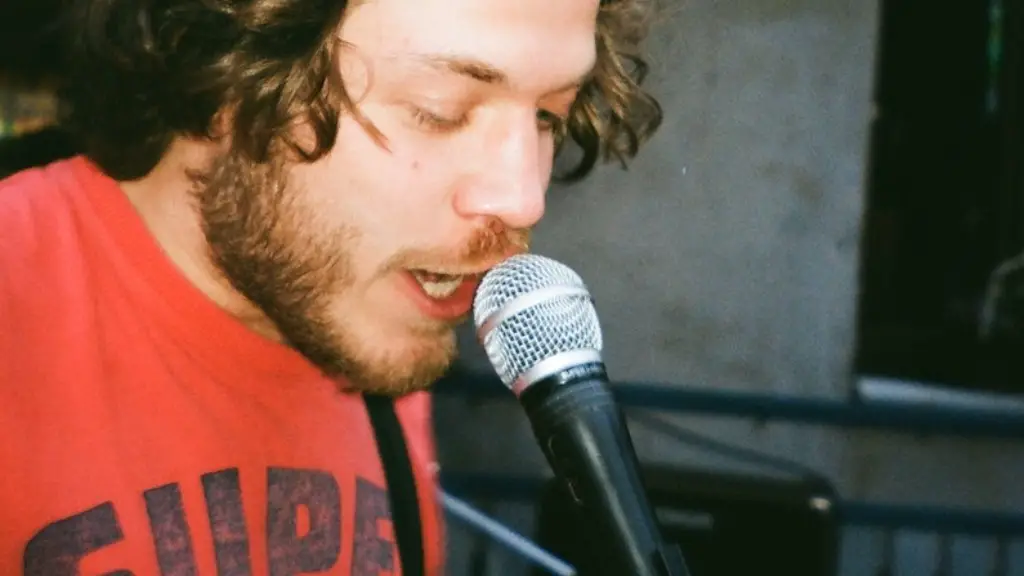How to Draw the Praying Hands
Are you keen to start drawing the praying hands? Picking the right tools and position is just half the battle. There is an art to capturing the subtle motions of two fingers entwined in prayer. It takes patience, practice, and an eye for detail.
Get The Right Form and Proportion
Starting with the right form and proportion is essential for accurate praying hands. Use a ruler to draw a horizontal line about two-thirds of the way across the paper. Draw a vertical line the same length as the horizontal to form an even square. Place a dot at the center of the square and sketch the shape of two hands in prayer. Place dots to indicate the four knuckles. Make sure you get the position of the hands and wrists are perfect or your praying hands will look wrong.
Add Color, Hue, and Value
Now that you have your basic outline, start adding the details. Coloring in the background will help the praying hands stand out. Use a light tone of brown or grey to shade in the background. Then, use a medium tone of brown or grey to color in the hands and wrists. If you want to add a bit more realism, lightly shade around each finger, thumb, and wrist. Use a lighter tone near the center of the shapes and a darker one near the edges for a more dynamic and realistic look.
Draw the Folds and Wrinkles
One of the most challenging aspects of drawing praying hands is the wrinkles and folds that give them such detail and character. Using a thicker, darker pencil, draw the wrinkles and folds around the joints of the hands and fingers. Start with the largest wrinkles first and then move on to the smaller ones. Take your time and don’t be afraid to erase and redraw as you go, your details can make or break the look of your praying hands.
Start Working on the Shadows
Shadowing brings depth and dimension to your praying hands. To achieve a realistic shadow, use a thinned-out, dark pencil shade and draw lightly over the shadows that you want to create. Use a thin and light layer on the top of your hands and thicker and darker layers on recesses. Take your time – this is one of the most important steps in creating a realistic praying hands picture.
Blur, Blend, and Soften
Finally, to the add the finishing touch, use a cotton swab or a tissue to blend and soften the colors and shadow. Start lightly, making sure not to smudge out the fine details that you worked so hard to create. Once you’re satisfied with the results, you have created a masterpiece. All that’s left to do is hang it up and admire your work.
Experiment With Different Techniques
To take your artwork to the next level, try experimenting with different techniques such as adding more layers to the shading or using a color pencil for the background. Let your creativity guide you and you’ll be sure to come up with something eye-catching and unique! Once you get the hang of it, you’ll be able to whip up a praying hands drawing in no time.
Work With Inks for a More Complex Result
Do you want a bolder and more complex drawing? Working with different types of inks can give you amazing results! You can try using a brush to put the ink onto the paper or a pen to draw lines and patterns. Experiment with different colors and values and create art that’s truly one of a kind.
Focus on the Details to Achieve Perfection
To perfect your praying hands drawing, make sure to take your time and get the details right. From the form and proportions to the shadows and wrinkles, each element should be accounted for to get a realistic result. Be patient and don’t forget to have fun – you’re creating art!
Be Creative and Explore New Ideas
Remember, there is no “right” way to draw the praying hands. So explore and get creative! Try using unexpected materials such as crayons or markers to give your artwork a unique twist. Incorporate different symbols and shapes for a more abstract result. Dare to experiment and you’ll create something truly special.


